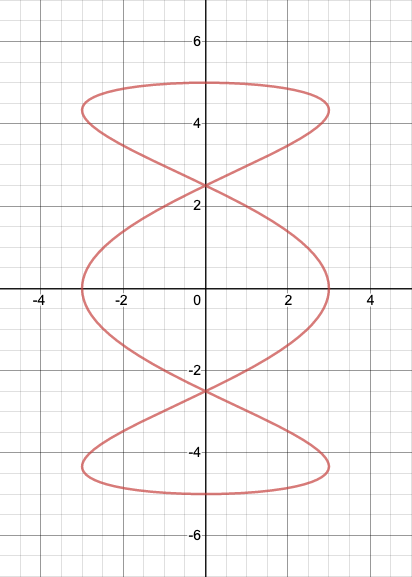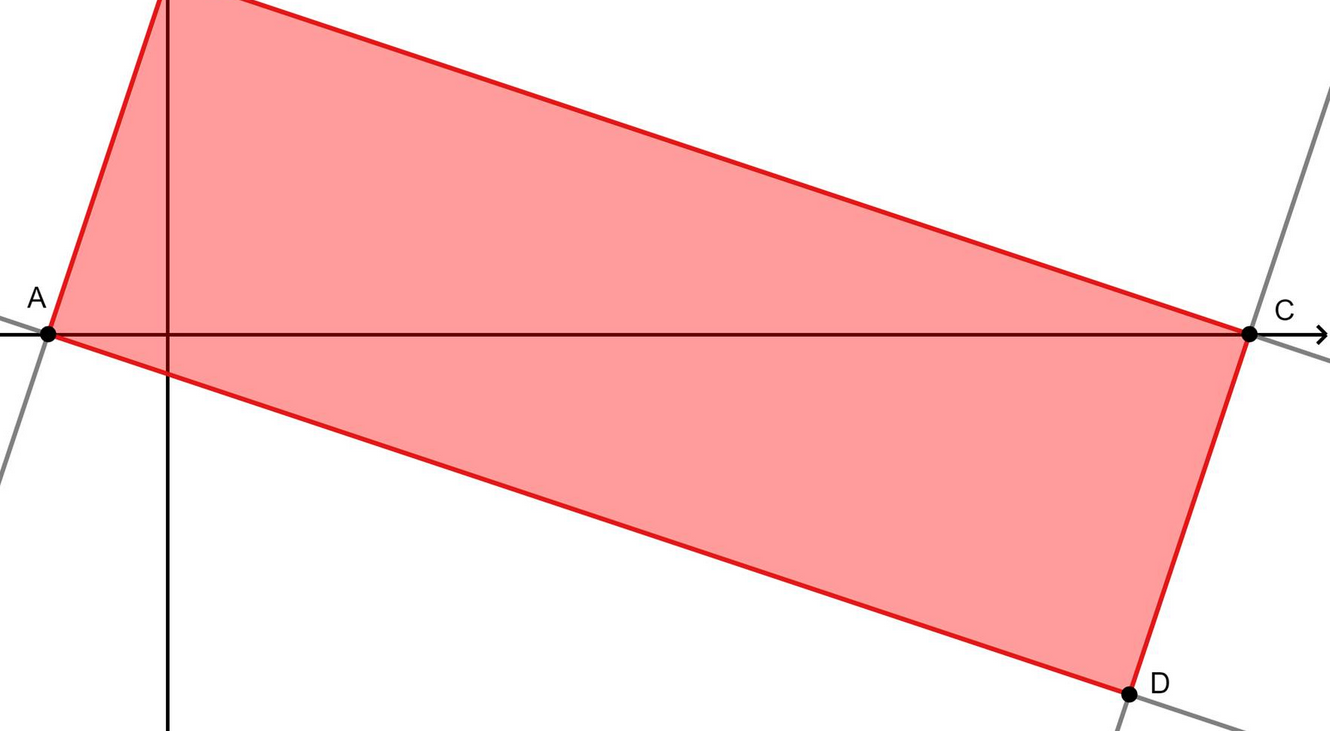Studying A Level Mathematics at home
22 February 2023
Hints and tips - 10 minute read
 Steven Walker, Maths Subject Advisor
Steven Walker, Maths Subject Advisor
This blog was previously published on 15 January 2021.
In this blog I will look at the support available to students as they plan their revision in the run-up to the summer external exams. Much of this information was originally collated for students studying at home during the Covid lockdown period but has been updated to incorporate recently published material and additional ideas suggested by teachers.
Using the specification
We have two specifications:
OCR A H230/H240 AS/A Level Mathematics
OCR B (MEI) H630/H640 AS/A Level Mathematics
The OCR specifications provide additional notes and exemplification of the content list provided in the DfE criteria, against which all A Level specifications were accredited.
For a more detailed explanation read the frequently asked questions (FAQ) – why does OCR offer two specifications and what is the difference between the OCR A and OCR B (MEI) specifications?
Past papers
The main difference between OCR A and OCR B (MEI) is the structure of the examinations. This means that the majority of our A Level Maths questions are appropriate for practice purposes, regardless of the specification you are following. The Student section of our website has a past paper section (the latest series is held securely, along with a number of practice papers, for teachers to use for mock purposes).
Our maths resources
We have published lots of free teaching resources that you can download for each of our A Level qualifications. Just select your qualification from the ocr.org.uk/maths web page.
Then select ‘Planning and teaching’ from the menu on the left to access:
- Delivery guides, which contain teaching notes and guidance on common misconceptions and mistakes along with a variety of links to both OCR and third-party resources.
- Section check in tests, which have procedural, reasoning and problem-solving questions covering each of the sections of the specification.
- Teaching activities, which are short activities and worksheets that can often be completed away from the classroom.
Selecting ‘Assessment’ from the left-hand menu takes you to:
- Past papers and mark schemes for AS and A Level Maths from 2018, as well as question papers and mark schemes from the withdrawn legacy qualifications.
- Examiner reports for these papers, which detail the common mistakes and misconceptions seen by the marking team.
- Candidate exemplars for A Level Maths; these expand on the details given in the examiner’s report with examples of candidate responses.
- Sample papers, which were written as part of the accreditation process, but have never been sat by students under exam conditions – as such the mark schemes may not have as much information as mark schemes for a live examination series.
You can also find answers to FAQs for each specification.
The table below contains useful links to the support outlined above.
Learning without a textbook
You may not have access to an electronic copy of your class textbook, but don’t panic, there’s a wealth of good quality maths support websites.
You may find sites such as CAIE, Khan academy, Maths made easy and Revision maths useful and there are plenty more listed in our delivery guides previously mentioned.
It’s worth noting here that candidates are never penalised for using alternative or more advanced techniques, unless the wording of the question specifically asks for a certain technique to be used.
If you find you are struggling with a particular A Level topic, it may be worth referring back to the fundamentals covered in the GCSE course. For ideas on sources of GCSE revision material read my earlier blog on studying GCSE (9–1) Maths at home.
Use of technology
It’s worth mentioning that the ‘use of technology’ is specifically referenced in the DfE criteria for A Level Maths (further details are provided in our specifications).
Some students working at home may be without a calculator, however, basic scientific calculators are available on most mobile phones. For those that would like more, free graphing and calculator apps are available from platforms like Desmos and Geogebra (other calculator apps are available).
In addition to functionality that can be used in the exam, students may want to make use of a Computer Algebra System (CAS) to check work or develop deeper conceptual understanding. There are free online platforms that can be used, such as WolframAlpha, Solumaths and Symbolab.
Crucially, these platforms also have a vast wealth of prepared tasks and/or notes covering the breadth of content of the A Level Maths specification and beyond (again, other systems are available, some of which may need to be downloaded).
Used in conjunction with the specification, textbook and Check In tests these are useful interactive tools for developing a deep understanding of the content and they’re also helpful for checking answers too.
To illustrate, I have created the following parametric challenge graph in Desmos, which can easily be shared.

‘What are the parametric equations that create this curve?’
For extra support in using your actual examination calculator, Casio has a selection of tutorials, Numworks has a selection of tutorials, Texas Instruments has a number of resources and YouTube has a wealth of demonstrations for most calculators, just search the model and function to find examples.
Investigative maths
The reformed qualifications have an increased emphasis on mathematical modelling and understanding the limitations of these models.
News coverage often refers to the predictions made, and the contradicting conclusions drawn from, mathematical modelling. Take a look at the +Plus magazine article How can maths fight a pandemic? for some background information on those COVID-19 modelling slides.
A basic simulation model, Pandemics: how are viruses spread?, has been provided by the NCTM and an interesting video on the Coronavirus curve was produced by Numberphile.
The possibility of performing mechanics experiments may be limited, but there are some activities that can be done at home. The Downhill Race goes beyond the scope of A Level Maths, but a simplified version sliding toys down a slope, made from a section of drainpipe or shelving, allows an investigation of friction and is straight forward to set up. Collecting multiple sets of results also allows for some statistical analysis practice.
With limited equipment and/or bandwidth, practical investigations can also ease the pressure on technology and provide a break from screens.
Short activities and puzzles
We’ve been publishing puzzles via the @OCR_Maths Twitter account that GCSE students can attempt; search the #OCRMathsPuzzle hashtag. These can be used to revisit the fundamentals, but they can also be used as starting points for further mathematical generalisation.

@OCRMaths #OCRmathsPuzzle from 21/02/2020
This puzzle nicely reviews GCSE equations of parallel and perpendicular lines, but how about finding a general equation for each line that cuts this rectangle in half?
Other sites with great short puzzles and activities include Nrich, Underground Maths, RISP, MSV, TES and many more.
We also regularly post links to a variety of online resources, so do follow us @OCR_Maths.
Stay connected
There are so many great online resources available, so join the conversation by sharing your ideas and links to all your favourites in the comment box below.
If you have any queries, you can email us at maths@ocr.org.uk, call us on 01223 553998 or tweet us @OCR_Maths. You can also sign up to subject updates to receive information about resources and support.
About the author
Steven originally studied engineering before completing a PGCE in secondary mathematics. He has taught secondary maths in England and overseas. Steven joined OCR in 2014 and has worked on the redevelopment of OCR’s Entry Level, GCSE (9-1), FSMQ and A Level Mathematics qualifications. He now focuses mainly on supporting the Level 3 qualifications.
By the same author